Filter by
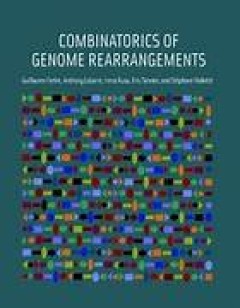
Combinatorics of Genome Rearrangements
A comprehensive survey of a rapidly expanding field of combinatorial optimization, mathematically orientated but offering biological explanations when required, this volume offers the first comprehensive survey of a rapidly expanding application of combinatorial optimization.OCLC-licensed vendor bibliographic record.
- Edition
- -
- ISBN/ISSN
- 9780262258753
- Collation
- 1 online resource (xi, 288 pages) :illustrations.
- Series Title
- -
- Call Number
- -

Microarrays for an integrative genomics
"Bradford book."Functional genomics--the deconstruction of the genome to determine the biological function of genes and gene interactions--is one of the most fruitful new areas of biology. The growing use of DNA microarrays allows researchers to assess the expression of tens of thousands of genes at a time. This quantitative change has led to qualitative progress in our ability to understand re…
- Edition
- -
- ISBN/ISSN
- 9780262277372
- Collation
- 1 online resource (xviii, 306 pages) :illustrations.
- Series Title
- -
- Call Number
- -
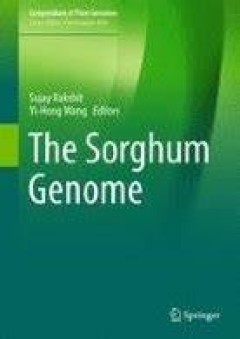
The Sorghum Genome
This book provides insights into the current state of sorghum genomics. It particularly focuses on the tools and strategies employed in genome sequencing and analysis, public and private genomic resources and how all this information is leading to direct outcomes for plant breeders. The advent of affordable whole genome sequencing in combination with existing cereal functional genomics data has…
- Edition
- 1
- ISBN/ISSN
- 978-3-319-47789-3
- Collation
- Kedokteran/ Obat
- Series Title
- -
- Call Number
- 615
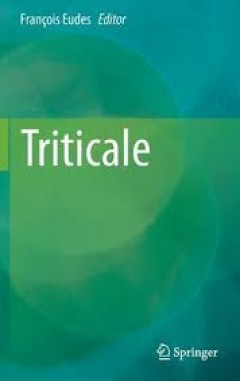
Triticale
Triticale crop species has received substantial research support since the mid-20th century making it a commercial success in many countries, in diverse value propositions. However, no recent book captures the new knowledge and progresses made in more than 2 decades. The purpose of this work is to review and collate the new knowledge of triticale plant biology and agronomy, while considering th…
- Edition
- -
- ISBN/ISSN
- 978-3-319-22551-7
- Collation
- -
- Series Title
- -
- Call Number
- -
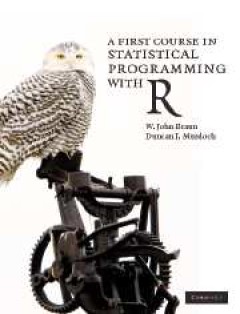
A First Course in Statistical Programming with R
This is the only introduction you'll need to start programming in R, the open-source language that is free to download, and lets you adapt the source code for your own requirements. Co-written by one of the R Core Development Team, and by an established R author, this book comes with real R code that complies with the standards of the language. Unlike other introductory books on the ground-brea…
- Edition
- -
- ISBN/ISSN
- 9780511803642
- Collation
- -
- Series Title
- -
- Call Number
- -
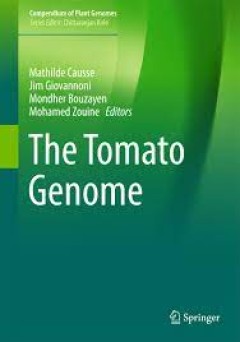
The Tomato Genome
This book describes the strategy used for sequencing, assembling and annotating the tomato genome and presents the main characteristics of this sequence with a special focus on repeated sequences and the ancestral polyploidy events. It also includes the chloroplast and mitochondrial genomes. Tomato (Solanum lycopersicum) is a major crop plant as well as a model for fruit development, and the av…
- Edition
- -
- ISBN/ISSN
- 978-3-662-53389-5
- Collation
- -
- Series Title
- -
- Call Number
- -
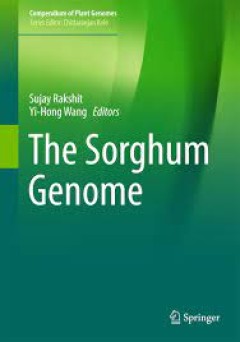
The Sorghum Genome
This book provides insights into the current state of sorghum genomics. It particularly focuses on the tools and strategies employed in genome sequencing and analysis, public and private genomic resources and how all this information is leading to direct outcomes for plant breeders. The advent of affordable whole genome sequencing in combination with existing cereal functional genomics data has…
- Edition
- -
- ISBN/ISSN
- 978-3-319-47789-3
- Collation
- -
- Series Title
- -
- Call Number
- -
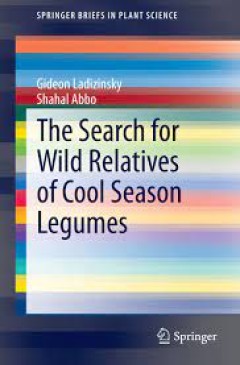
The Search for Wild Relatives of Cool Season Legumes
The study of origin and domestication of legumes described in this book emerged when it became apparent that while this kind of information is adequate for cereals, the pulses lagged behind. At the end of the 1960s the senior author initiated a study on the chickpea's wild relatives followed by similar attempts for broad bean, fenugreek, common vetch, bitter vetch, and lentil. The junior aut…
- Edition
- -
- ISBN/ISSN
- 978-3-319-14505-1
- Collation
- -
- Series Title
- -
- Call Number
- -
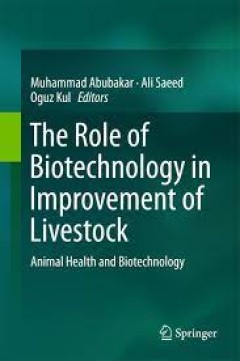
The Role of Biotechnology in Improvement of Livestock Animal Health and Biot…
This book examines how biotechnology can improve livestock breeding and farming, and thereby also animal products. In the first chapters the reader will discover which techniques and approaches are currently used to improve animal breeding, animal health and the value of animal products. Particular attention is given to reproduction techniques, animal nutrition and livestock vaccines that not o…
- Edition
- -
- ISBN/ISSN
- 978-3-662-46789-3
- Collation
- -
- Series Title
- -
- Call Number
- -
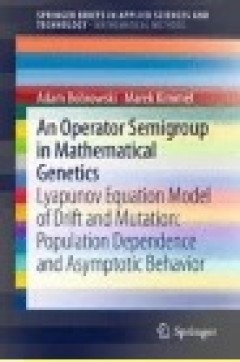
An Operator Semigroup in Mathematical Genetics
This authored monograph presents a mathematical description of the time evolution of neutral genomic regions in terms of the differential Lyapunov equation. The qualitative behavior of its solutions, with respect to different mutation models and demographic patterns, can be characterized using operator semi group theory. Mutation and drift are two of the main genetic forces, which act on gen…
- Edition
- Ed. 1
- ISBN/ISSN
- 978-3-642-35958-3
- Collation
- VI, 88
- Series Title
- SpringerBriefs in Applied Sciences and Technology
- Call Number
- 575.1 BOB o
 Computer Science, Information & General Works
Computer Science, Information & General Works  Philosophy & Psychology
Philosophy & Psychology  Religion
Religion  Social Sciences
Social Sciences  Language
Language  Pure Science
Pure Science  Applied Sciences
Applied Sciences  Art & Recreation
Art & Recreation  Literature
Literature  History & Geography
History & Geography